The success of any newly created product depends primarily on its usability. In other words, a good product is one that allows you to achieve its user’s goals in an efficient, effective and rewarding way. This is actually the whole theory – but how do you turn it into practice? An effective design process that involves not only designers but also clients helps a lot in this. Below we present what it should look like, using the experience of the Marketing Production Department at Comarch.
The Marketing Production Department at Comarch resembles an internal interactive agency that carries out development, graphic and copywriting projects for all marketing departments of the company. Experience in creating and optimizing a wide product portfolio has allowed our team to implement an effective design process focused on the user and their needs. This Design Thinking approach helps us to improve the quality of work, discover the real needs of our clients and control the implementation process at every stage. Now we share this knowledge with you.
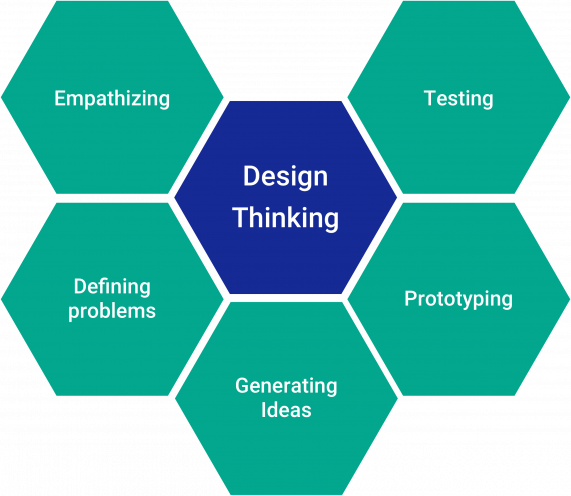
Stages of Design Process Step by Step
1. Analyzing Needs, Assumptions and Goals

Collecting the requirements is the best possible start - the information gathered at this stage will be the foundation of all subsequent steps. The key here is to find answers to questions such as:
- Who is the product made for? (Who is the end user and what are their needs that we want to meet?)
- What does the client want to achieve and how will they measure the success or the lack of success?
- If there are some other processes the project will be involved with: how these processes should be designed to be the most effective?*
- Who will the website or application compete with?
- Is there any development gap in the market?
- What are the benefits for the user of competitors' websites and applications?
- What are our limitations?
*This is a very important question as the product (for example, a website) we want to design is usually a single link in a long chain of processes (users can be directed to our website from an email while the website might encourage them to register for an online event that will take place at a specific platform). Knowing the entire context/process path will be extremely useful for us.
These questions serve not only to us as designers, but also to the clients themselves – some of the needs or goals may not be realized yet. To make it easier to get answers from the client, we can use methods such as briefing, debriefing or discovery phase.
Briefing
A brief is a document that we receive from the client. It contains a vision statement, i.e. a description of the needs and business goals that the other party wants to achieve. We must remember that in most cases the brief will not provide us with all the information we need. Why? Very often, clients don't know exactly what they need. They come to us for specific solutions instead of the problem they want to solve. In the brief, they include their intentions regarding the project and the information they think we will need. However, this does not mean that they describe everything we have to know.
Debriefing
Here we mean the meeting of the UX Designer (or most of the team) with the client. After analyzing the brief, we should ask the client all the questions bothering us and dispel any doubts about the project – what’s particularly important, even before we start working!
Discovery Phase
If the meeting with the client is not enough, it is a good time to use the discovery method, i.e. additional research methods, such as exploratory (generative) research, interviews with stakeholders, workshops or quantitative methods.
2. Users’ Needs Research and Defining Problems

In the next stage, we start our research. It allow us to better understand the needs and expectations of future users. Here, our goal is to discover what drives a given target group, and therefore to identify its needs, problems, motivations and reasons why they make such and not other choices. For this purpose, we should select appropriate research methods that will provide us with the most information. However, these must be methods that we are able to use (i.e. we have resources and tools for this). As a result, we create personas – fictitious descriptions of people representing the target group, i.e. future users.
3. Benchmarking and Competition Analysis
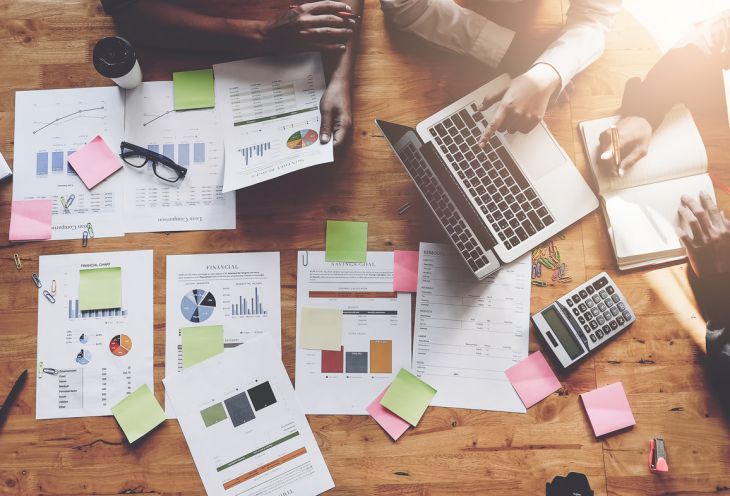
These terms mean looking for inspiration and drawing on ready-made solutions that already exist on the market. This is an important step to reassure us that we are not trying to “reinvent the wheel” and that we are wasting time. During this stage, we answer two specific questions:
- Who is our direct and further competition?
- What functionalities do competitors' products have and which of them are the most popular among users?
4. Generating Ideas and Solutions
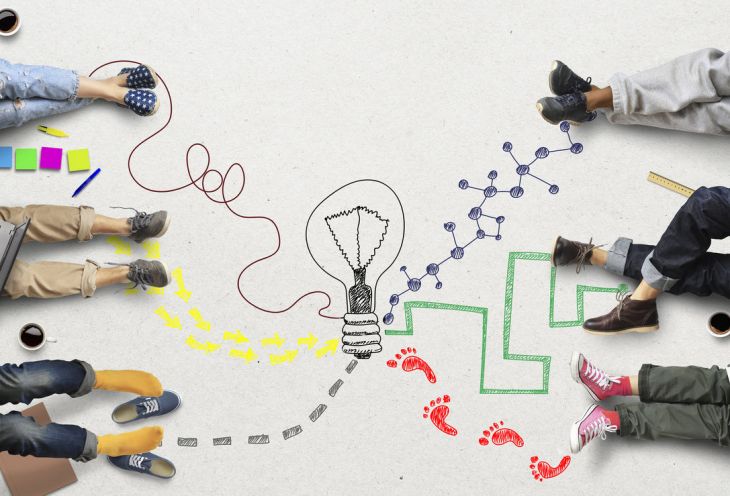
It's time to get creative. Only now, based on the information collected about users and their problems, we are trying to find the best solutions. The goal of this stage is to generate as many ideas as possible – so far we are not setting any clear boundaries.
5. Learning Possibilities and Technical Limitations

After an intense creative stage, we confront our vast collection of ideas with technological possibilities and limitations. After all, we are not able to implement all solutions, which should be realized better sooner than later.
6. Choosing Functionalities
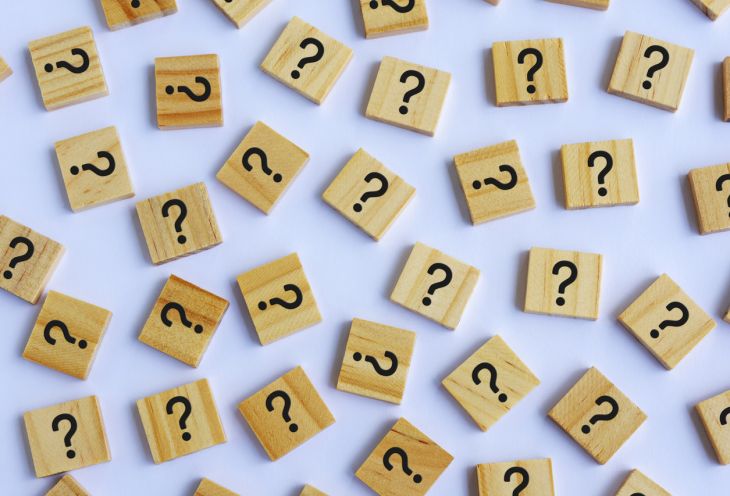
Time for decisions! From the set of ideas, we select those that best suit the client's business goals and best meet the needs of users. Importantly, we only direct those that we are able to make.
7. Designing the Solution
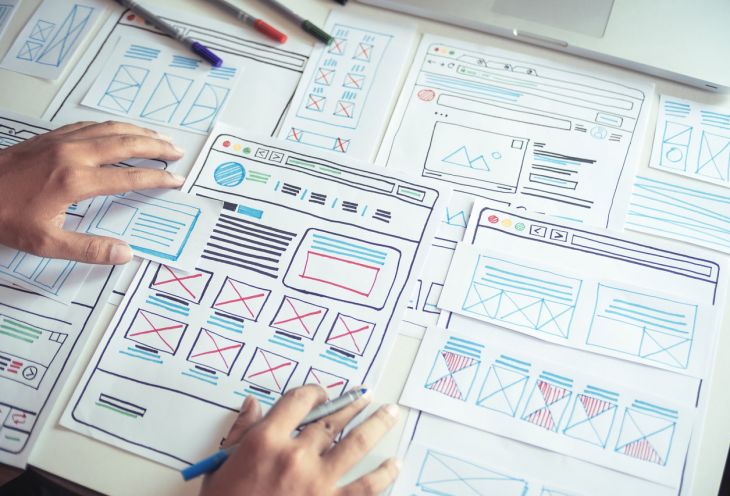
Only now, in the seventh step, we have enough information to start working, which means to start sketching the screens of the website or application in the form of low-fidelity mockups. This is the perfect time to create an information architecture and a user experience map.
Information Architecture
A properly designed information architecture (product structure) is one of the determinants of the success of a website or application. When designing it, remember that the user will not use functions that they will not be able to find.
Customer Journey Map
It is the basis for drawing screens, where we list, step by step, what the user does in our application and how it reacts to it.
8. Usability Tests

When sketches are ready, we start testing them. Thanks to usability tests, we can verify whether what we have designed so far is understandable for users. At this stage, we can also discover where we went wrong so that we can fix it before moving on to Interface Design.
9. Creating Mock-ups (UI Design)
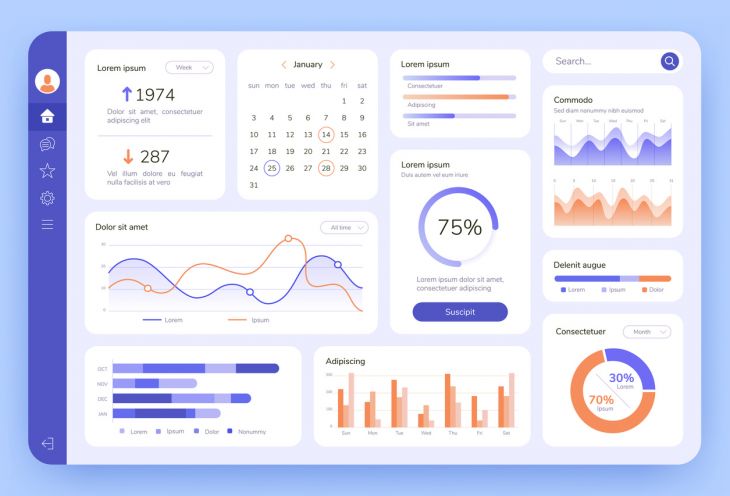
If our research is positive, the next step is to design the UI. Let's remember that the effect of our work at this stage is not only to be website or application screens, but also component library and style guide.
10. Presenting Mock-ups and Prototypes
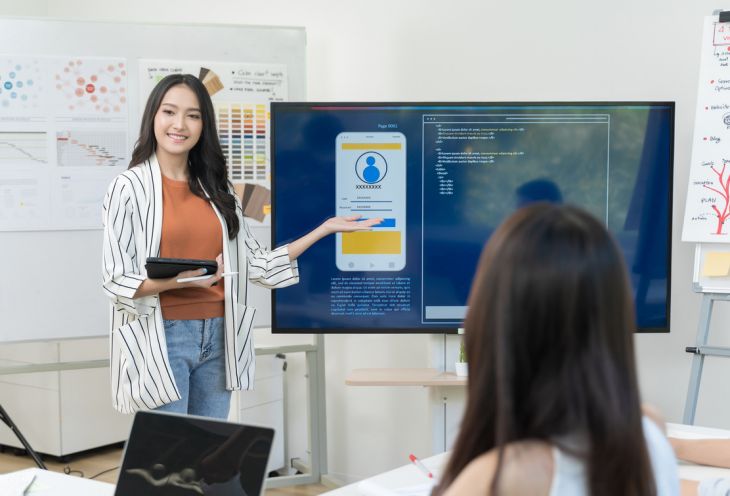
In the next step, a little stage fright may appear, because it's time to sell the product concept to the client. If we have followed the pattern of the design process developed here, there is nothing to be afraid of – we show the client the effects of planned and well-thought-out work. In case of approval, the process goes to the implementation stage. In the absence of it – we return to the previous stage with comments from the client.
11. Implementation and Launching
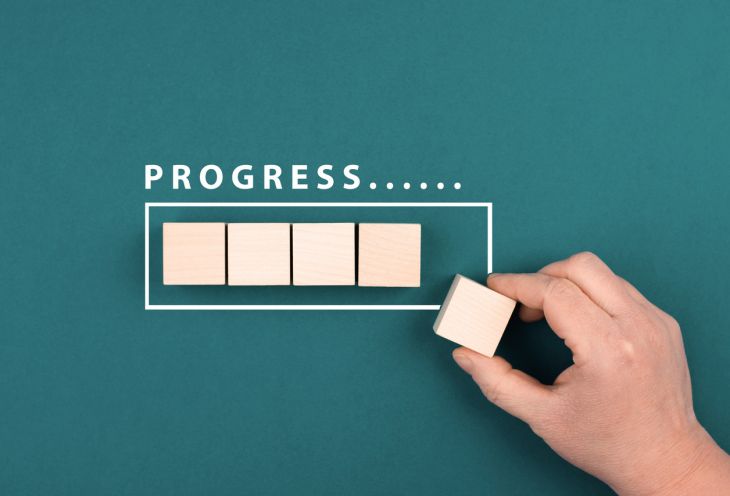
Although we are slowly approaching the end, designing the application is not the end of UX Designer’s work. During the implementation phase, our project may undergo various modifications by developers or the client. That is why it is worth participating in the implementation stage, defending the user's interests. Otherwise, the design will be changed every time it encounters a technical problem, which may adversely affect the usability of the final product.
12. Assumed Goals Achievement Verification

Here we can refer to the well-known Key Performance Indicators (KPIs), which are a measure of the achievement of the organization's goals. With their help, we verify whether our goals and business assumptions have been reached. We do it by comparing the initial data with the final data after the project is implemented.
13. Further Development
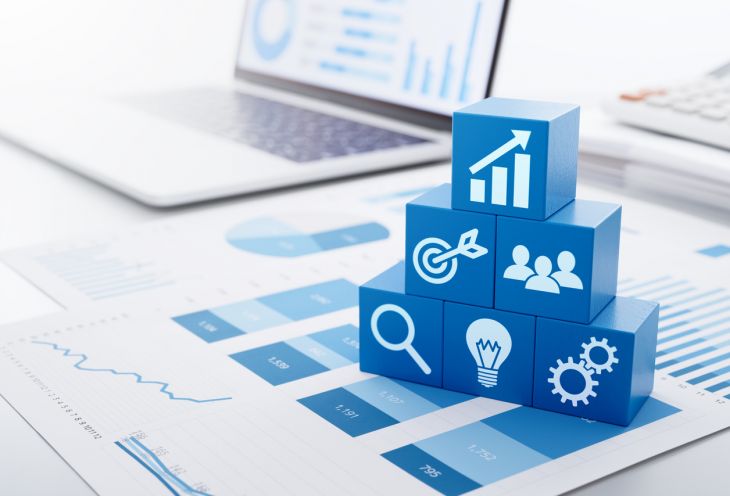
Although this is the last stage of the process, launching and verification of goals is not the end of our work. When a product is handed over to users, and they use it to any extent, many scenarios may come true, including the one assuming various failures. That is why we monitor individual elements on an ongoing basis and conduct continuous optimization activities. Now, by testing the product on a “living organism”, we can fully verify its usefulness, and then modify and improve – so that it serves users even better.
Summary
Perhaps you are now thinking that the above-mentioned process presents utopian assumptions, which we rarely have a chance to implement in our everyday project work, where we are pressed for time and cooperation with the client can be a little chaotic. However, is this a sufficient reason to give up trying to implement it? The above process gives a logical structure to all our activities and is intended to facilitate the work of not only designers but also clients. Of course, not every project will require the completion of all these stages. Therefore, it is good practice to follow this pattern with some flexibility. To make significant progress, we also need to allocate the right amount of time to each phase of the process – some of them will be much slower than others. Knowing where the boundary between them is, however, will allow us to better control the entire project and, as a result, create better products.